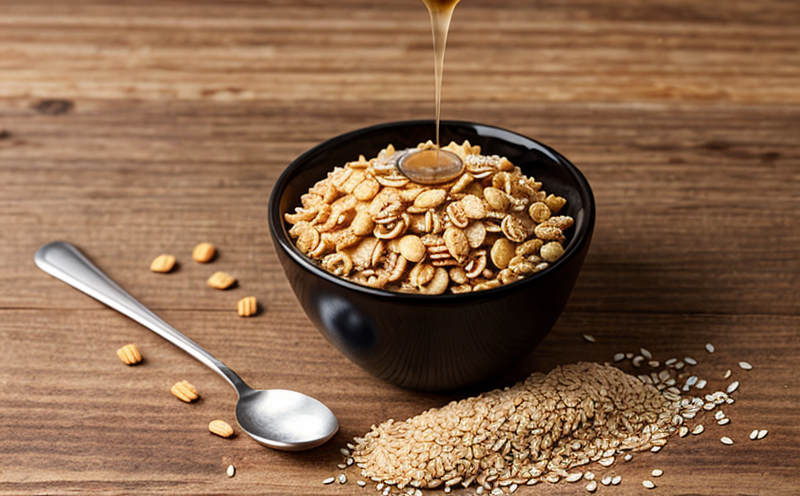Textile Color Fastness to Rubbing Crocking Test
The Textile Color Fastness to Rubbing Crocking Test is a critical procedure used in the textile and apparel industries to evaluate how well the color of textiles resists rubbing or friction, which can lead to color transfer. This test is particularly important for products that are likely to undergo repeated washing cycles and may come into contact with other fabrics during wear.
This testing method simulates the real-life conditions where fabric comes into contact with another surface through rubbing actions, such as when two garments rub against each other in a laundry basket or during wear. The test is conducted using a specific apparatus known as a Crock Meter, which applies standardized rubbing action to the sample.
The procedure involves placing a textile specimen under a weight and then rubbing it with a crocking pad (a piece of fabric) that is saturated with an aqueous solution containing salt. The rubbing action simulates the friction between fabrics in everyday use. After reaching the designated number of rubs, the crocking pad is examined for color transfer onto its surface.
The result of this test determines whether or not the color remains intact and does not transfer to another fabric during normal wear and tear conditions. This information helps manufacturers ensure product quality by identifying potential issues early in the development process, which can lead to improved customer satisfaction and reduced returns due to color fading or staining.
For accurate testing, it is essential that both the specimen preparation and the test procedure adhere strictly to international standards such as ISO 105 X12. Specimens should be cut from the fabric in a manner that accurately represents the intended use of the product. Preparation includes washing the samples according to specific guidelines provided by the standard to simulate real-world conditions.
The Crock Meter, an essential piece of equipment for this test, is designed to provide consistent rubbing action across different fabrics and colors. The crocking pad, made from a specified fabric type, ensures that the testing environment closely mimics actual frictional conditions experienced by garments in everyday use.
By conducting this test early in the product development cycle, manufacturers can make informed decisions about colorfastness improvements. This proactive approach not only enhances product quality but also minimizes risks associated with post-market recalls and customer dissatisfaction.
Benefits
- Evaluates the resistance of fabric colors to rubbing or friction, ensuring high-quality products that meet consumer expectations.
- Aids in identifying potential issues early in the product development process, allowing for timely corrective actions and improvements.
- Improves customer satisfaction by minimizing instances of color fading or staining due to improper washing or wear.
- Promotes compliance with international standards and regulations, enhancing brand reputation and marketability.
Quality and Reliability Assurance
- The Textile Color Fastness to Rubbing Crocking Test follows stringent ISO standards that ensure consistent results across different laboratories, providing reliable data for quality control.
- A standardized process ensures that all samples are tested under the same conditions, reducing variability and improving accuracy of results.
- Consistent testing procedures help manufacturers maintain a high level of product quality and reliability, which is crucial for maintaining customer trust.
Environmental and Sustainability Contributions
The Textile Color Fastness to Rubbing Crocking Test plays a role in promoting sustainability by helping manufacturers develop products that are less likely to cause color transfer, thus reducing the need for frequent laundry cycles. This can lead to reduced water consumption and energy use associated with washing machines.
By ensuring that textiles maintain their original colors over time, this test contributes to minimizing waste generated from discarded garments due to poor quality or unsatisfactory performance. Thus, it supports efforts toward more sustainable fashion practices.





